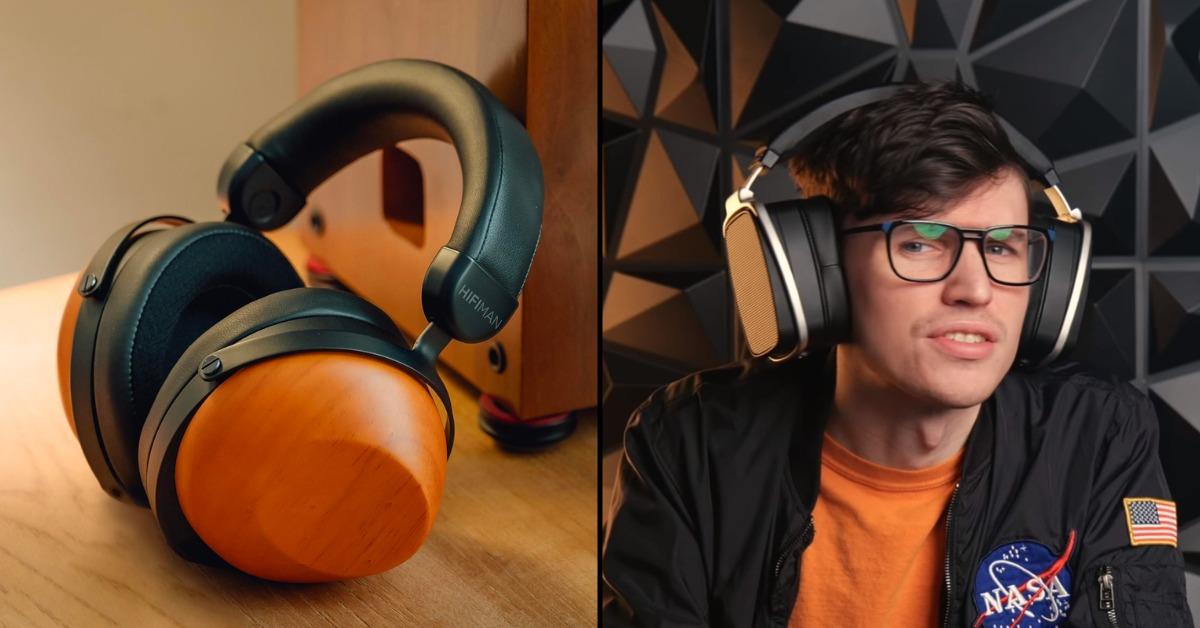These headphones made headlines for all the wrong reasons.
The world of high-end audio has had its fair share of controversies over the years.
Some headphones have started heated debates among audiophiles and tech fans. This is because of things like how they’re made, how they sound, how much they cost, or what the people behind the brand have done.
Read on as we look at nine of the most controversial headphones and the stories behind them.
- 1. HiFiMan HE-R10P: An Homage or a Copycat?
- 2. Verum 1: Founder's Faux Pas
- 3. Sennheiser HD820, HD8XX, and HD700: Unmet Expectations
- 4. Abyss AB-1266 Phi TC: Wrinkly Drivers
- 5. KZ CRN: Silent Drivers
- 6. Tangzu Shimin Li Encounter Edition: Same Specs, Different Name
- 7. Philips Fidelio X2: Glue Gate
- 8. Audioquest Nighthawk: Misguided Expansion
- 9. Dyson Zone: Trying to Do Too Much
- 1. HiFiMan HE-R10P: An Homage or a Copycat?
- 2. Verum 1: Founder's Faux Pas
- 3. Sennheiser HD820, HD8XX, and HD700: Unmet Expectations
- 4. Abyss AB-1266 Phi TC: Wrinkly Drivers
- 5. KZ CRN: Silent Drivers
- 6. Tangzu Shimin Li Encounter Edition: Same Specs, Different Name
- 7. Philips Fidelio X2: Glue Gate
- 8. Audioquest Nighthawk: Misguided Expansion
- 9. Dyson Zone: Trying to Do Too Much
1. HiFiMan HE-R10P: An Homage or a Copycat?
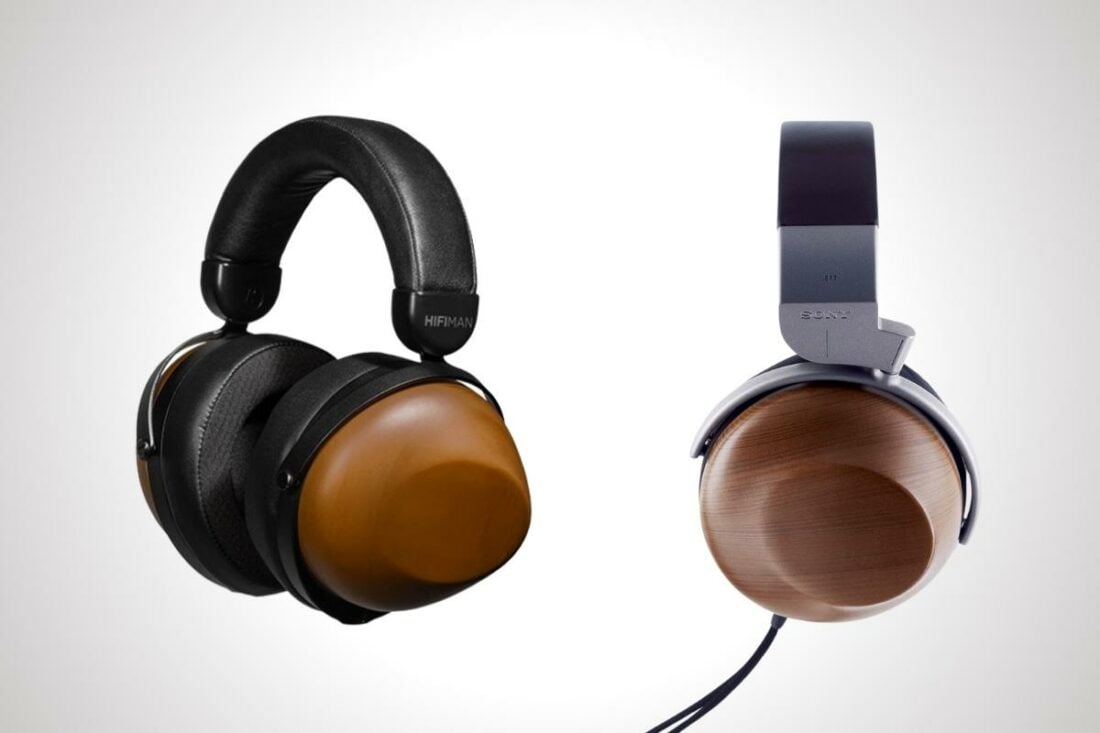
The HiFiMan HE-R10P stirred controversy for their striking resemblance to the iconic Sony MDR R10 headphones. In a review by Geekology on YouTube, they were called “a blatant rip-off of the Sony version.”
The criticism focused on the $5,500 price tag, which many felt is too high for headphones that just copied another model.
Viewers of the review voiced their disapproval of the copied aesthetics:
Another user mentioned that the attempt to imitate a legendary product was disrespectful.
To this, Geekology responded: “It’s certainly a copying of the cosmetic look. What lies behind the cups however, I’m sure you’ll agree, is entirely different. You are not alone in your feelings. And, this has certainly been the most commented aspect of this release from HiFiMan.”
“Those cups have a unique look which was never really repeated other than the MDR 1Z from Sony, which went close but not identical to the shape of the R10 originals but without the wood finish.”
2. Verum 1: Founder’s Faux Pas
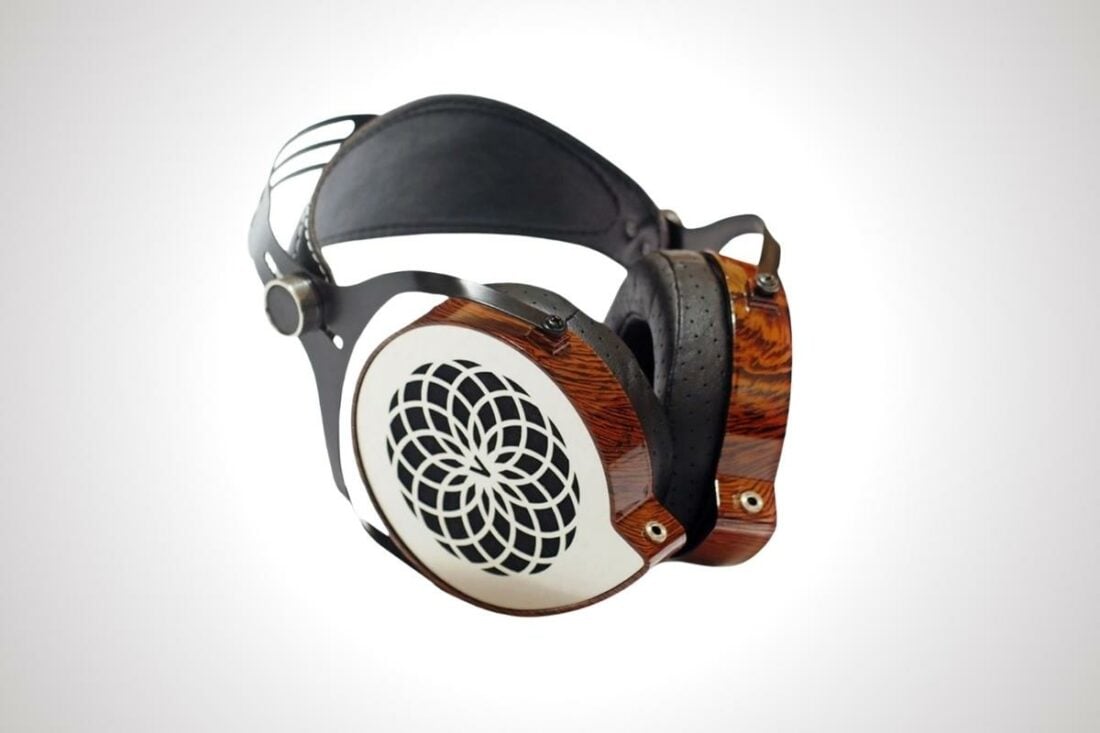
The controversy around the Verum One headphones‘ creator, Igor, has overshadowed the headphones themselves.

During the Black Lives Matter protests, Igor made insensitive and off-color jokes that many found offensive and racist. This led to a big backlash from some in the audiophile community.
For example, DankPods took down his video praising the Verum One 24 hours after it was published. He later deleted it completely because of the controversy around Igor.
Rumors, including claims of homophobia, antisemitism, and making threats after a bad review also surfaced.
Igor denied these allegations and explained each of them in an apology posted on the Verum Audio website. But the controversy still remained after No Theme Reviews shared his encounter with Verum Audio’s founder.
According to him, he got hostile comments and accusations from Igor after publishing a negative review of the Verum One headphones. Igor suggested that the reviewer was biased and had a grudge against the company. He later apologized, but the reviewer decided to stop interacting with him because of his previous hostile behavior.
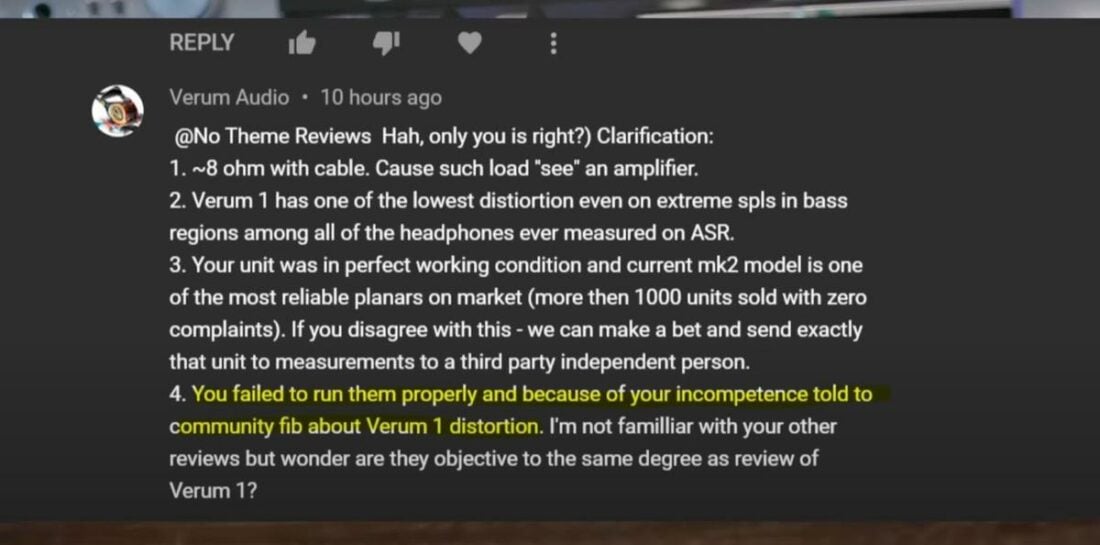
As for the headphones themselves, some users claimed that the stock cable might be holding back the Verum One’s full potential. They’ve reported that upgrading the cable led to clear improvements in sound quality.
There have also been talks about the Verum One’s unusual design choices.
For example, Igor used an exposure amp speaker output to design the headphones. The input and output connections on the Bakoon amp are also labeled in an unconventional way.
3. Sennheiser HD820, HD8XX, and HD700: Unmet Expectations
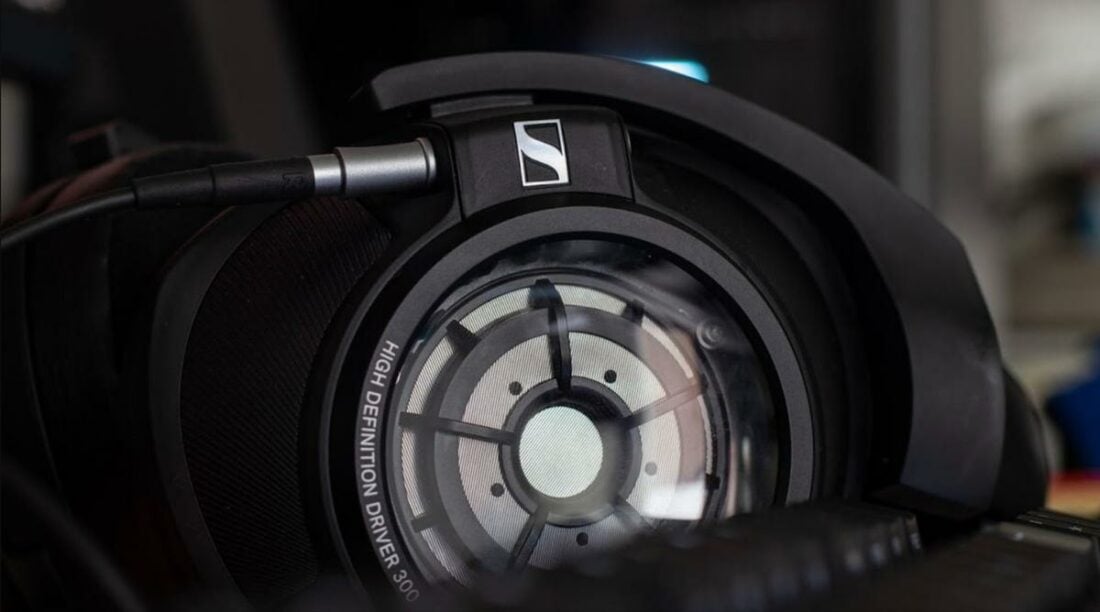
Sennheiser’s attempts to build on the success of the HD800 have been met with controversies. The HD820, HD8XX, and HD700 headphones were designed for different markets. But none of them managed to meet the high expectations set by their predecessor.
The HD820 were designed as a closed-back version of the HD800. These were meant to give the same level of detail and soundstage while offering better isolation.
However, many users were disappointed by the HD820’s tuning. They found that the dip in the upper bass and lower mids created a tonal balance far from the signature sound of the HD800 headphones.
The closed-back design also brought in some resonance issues. This led to a less natural and more fatiguing listening experience.
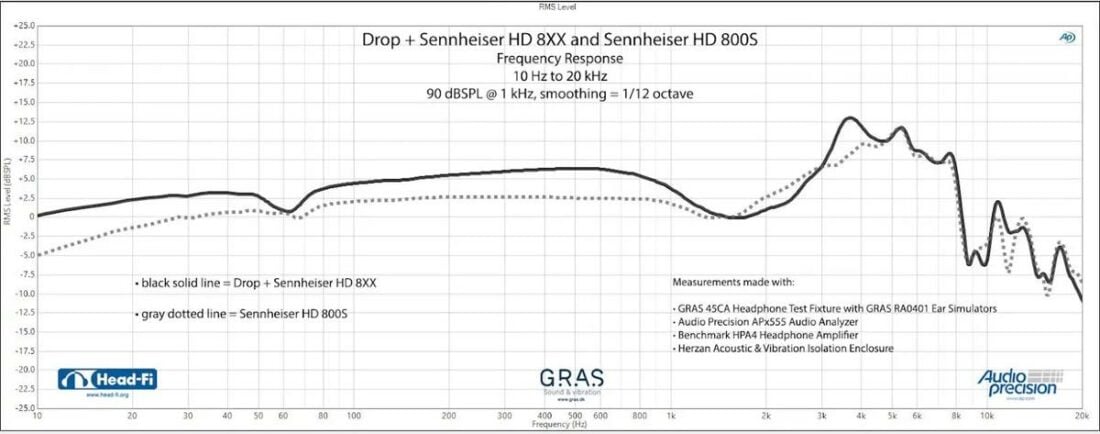
The HD8XX, a collaboration between Sennheiser and Drop, were sold as budget-friendly alternatives to the HD800. They also tried to fix the HD800’s treble peak but introduced a noticeable midrange recession. This resulted in a less engaging and emotionally connected listening experience.
Many audiophiles felt that the HD8XX failed to capture what made the HD800 special and that the cost-cutting measures resulted in a less refined and less enjoyable product.
Lastly, the HD700 headphones were designed to bridge the gap between the HD800 and the HD650. Yet, they received negative feedback due to their distinctive treble peak and overall sound quality.
Many users found the treble in the HD700 too sharp and tiring because of a 6dB peak at 5.5kHz. Plus, compared to both the HD800 and HD650, the midrange and bass of the HD700 seemed less natural and less engaging.
4. Abyss AB-1266 Phi TC: Wrinkly Drivers
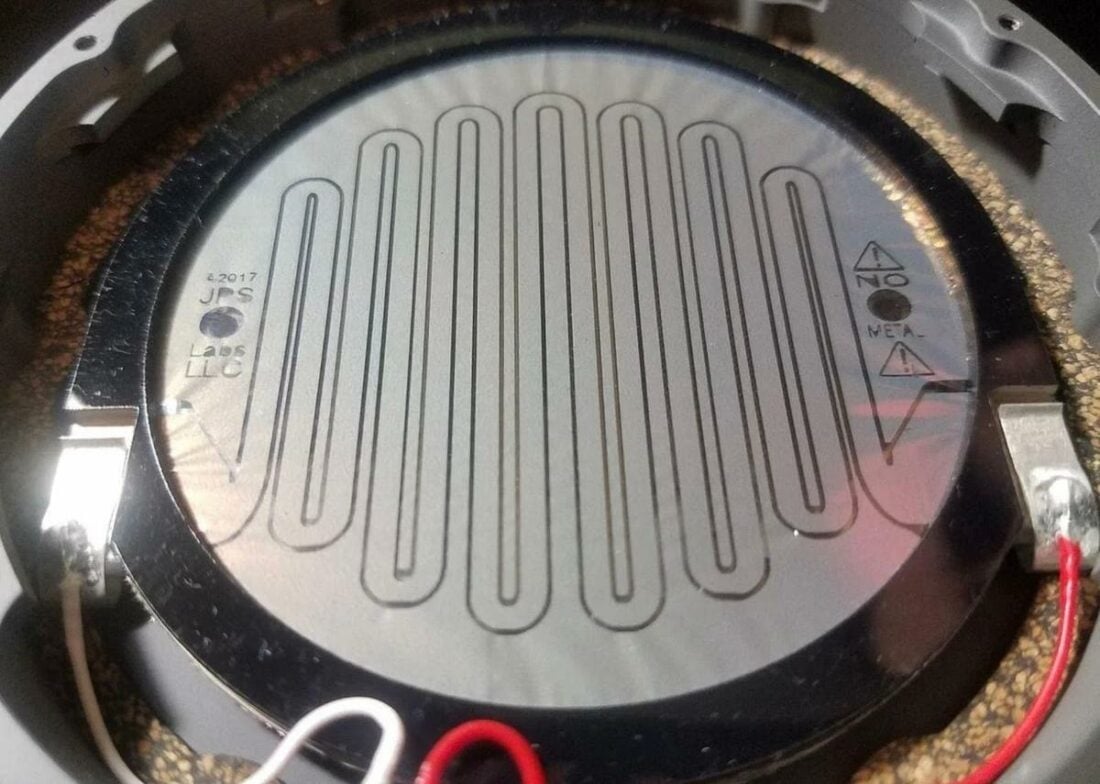
Abyss faced scrutiny when images of wrinkled drivers in their AB-1266 Phi TC headphones surfaced online.
These photos raised concerns about Abyss’s quality control and whether these could impact the headphones’ sound quality. Many audiophiles were baffled by such noticeable flaws on headphones that cost more than $5K.
As the issue spread, more owners began inspecting their pairs and sharing their observations online. Some found similar wrinkles, while others did not notice any issues.
This inconsistency added to the controversy. It led to debates over whether the wrinkles were due to a manufacturing mistake or a flaw in the design.
Initially, Abyss downplayed the issue, stating that wrinkles were typical in older models and did not affect sound quality. However, people were skeptical of this explanation. They argued that such flaws shouldn’t be present in high-end headphones, regardless of their effect on performance.
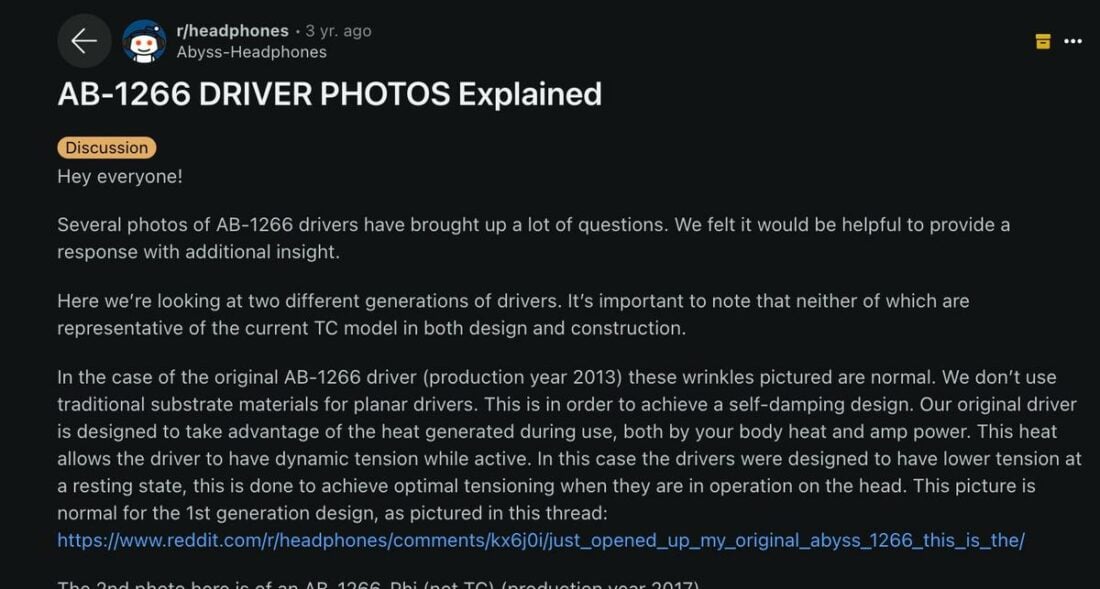
Abyss then released an official statement acknowledging the problem and provided more details. They explained that the wrinkles were a result of the natural aging process of the driver material. They also confirmed improvements in their manufacturing process to prevent future occurrences.
Despite this, many audiophiles felt the company hadn’t fully accepted responsibility for the defects nor offered a satisfactory solution for affected customers.
5. KZ CRN: Silent Drivers
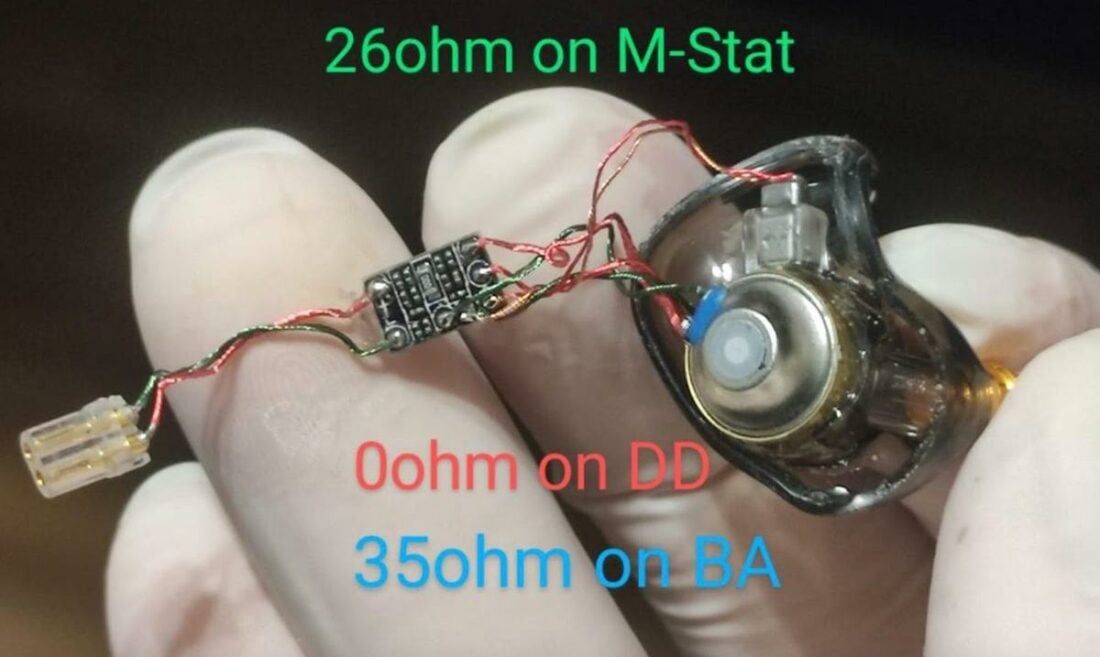
Speaking of drivers, KZ also found itself in hot water when users noticed that some of their IEMs’ drivers were not producing any noticeable sound.
Tests confirmed that disconnecting these drivers didn’t change the sound quality, indicating that they weren’t contributing to the audio. These were on different models like the KZ CCA CA24, KZ x HBB DQ6S, KZ CRN, and more.
The situation worsened due to KZ’s initial silence and later conflicting statements, which left audiophiles feeling deceived.
Crinacle, who collaborated with KZ on the CRN, admitted to taking an “FR-first” approach to tuning the IEM. He claimed he did not receive crossover frequency response breakdowns from KZ. So, he focused only on the overall sound quality rather than individual driver performance.
This led some to question the responsibility of collaborators in making sure that marketing claims are accurate.
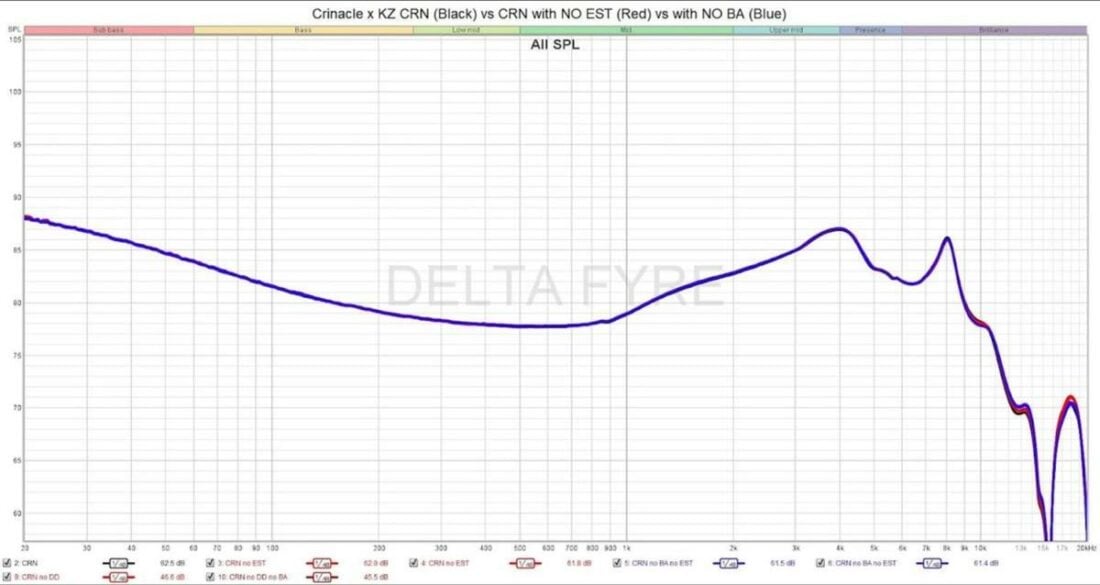
Eventually, KZ responded to the backlash with an apology and a formal statement to clear up the issues. They admitted their communication had been poor and tried to explain their side.
Despite this, the incident has damaged KZ’s reputation among audio enthusiasts.
6. Tangzu Shimin Li Encounter Edition: Same Specs, Different Name

Tangzu’s Shimin Li Encounter Edition IEMs were marketed as having new “10mm dual cavity carbon nano dynamic drivers”.
However, when Hi-Fri compared the driver to that of Tangzu’s cheaper Wan’er model, they found striking similarities. This raised doubts about whether the Encounter Edition was as unique as advertised.
It was also noted that the outer casing of both the Shimin Li and Shimin Li Encounter Edition were nearly identical.
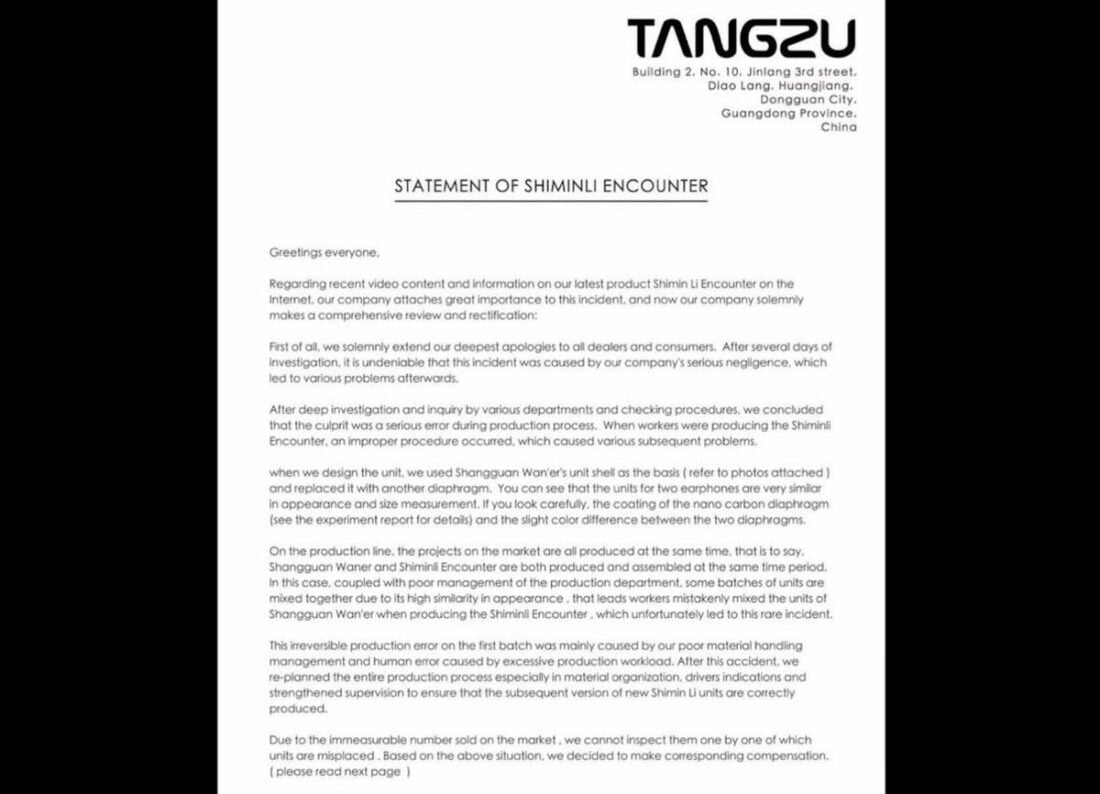
In response to these findings, Tangzu admitted to a mistake in the manufacturing process where the wrong parts were used. The company offered compensation to customers who bought the affected products. Yet, some users still doubt if this was because of an actual manufacturing error or a false marketing claim.
7. Philips Fidelio X2: Glue Gate
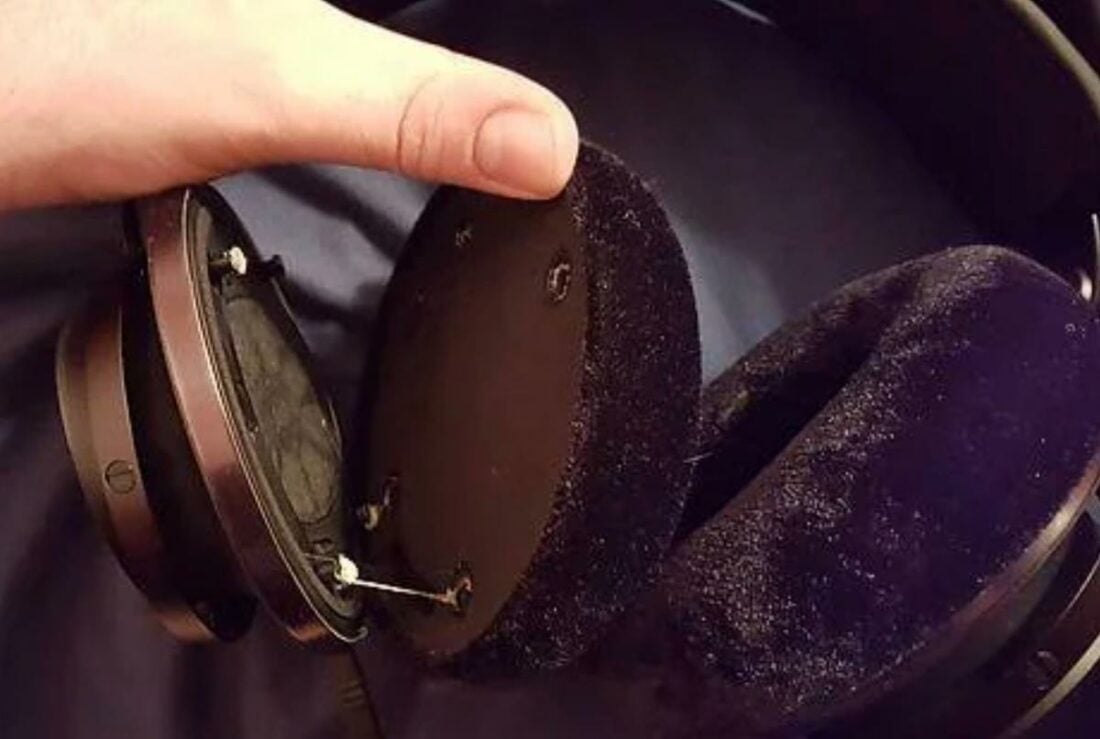
The Philips Fidelio X2 were initially praised for their replaceable earpads, which the X1 didn’t have.
But, after Gibson acquired WOOX, the company producing the X2, some users reported receiving headphones with glued-on earpads.
This change was seen as a downgrade in design and user-friendliness, especially since the X2 were originally compared favorably to the Sennheiser HD600 and HD650.
To make things more confusing, the packaging for some of the affected headphones still said that they should’ve been removable.
Some users also reported a decline in the overall build quality and materials. They speculated that Gibson might have cut costs in materials and production.
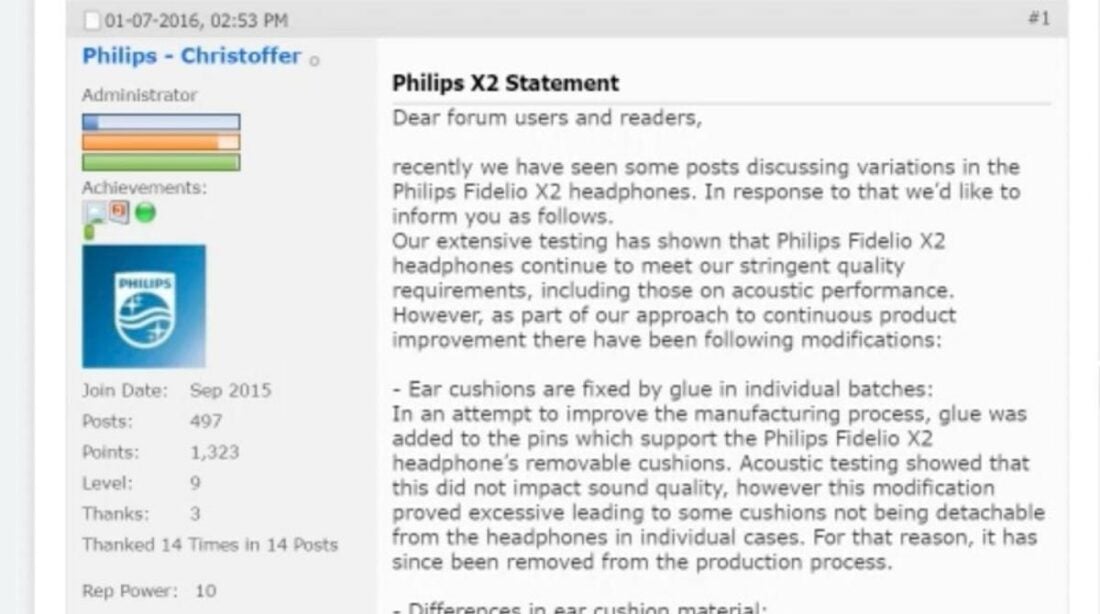
In response, Philips explained that the glued earpads were a manufacturing mistake. It promised to correct this in future production runs.
But, the incident had already tarnished the X2’s reputation. While later versions of the headphones included the Hi-Res Audio logo on their packaging, this did little to relieve the concerns of audiophiles who felt deceived by the earlier controversy.
8. Audioquest Nighthawk: Misguided Expansion
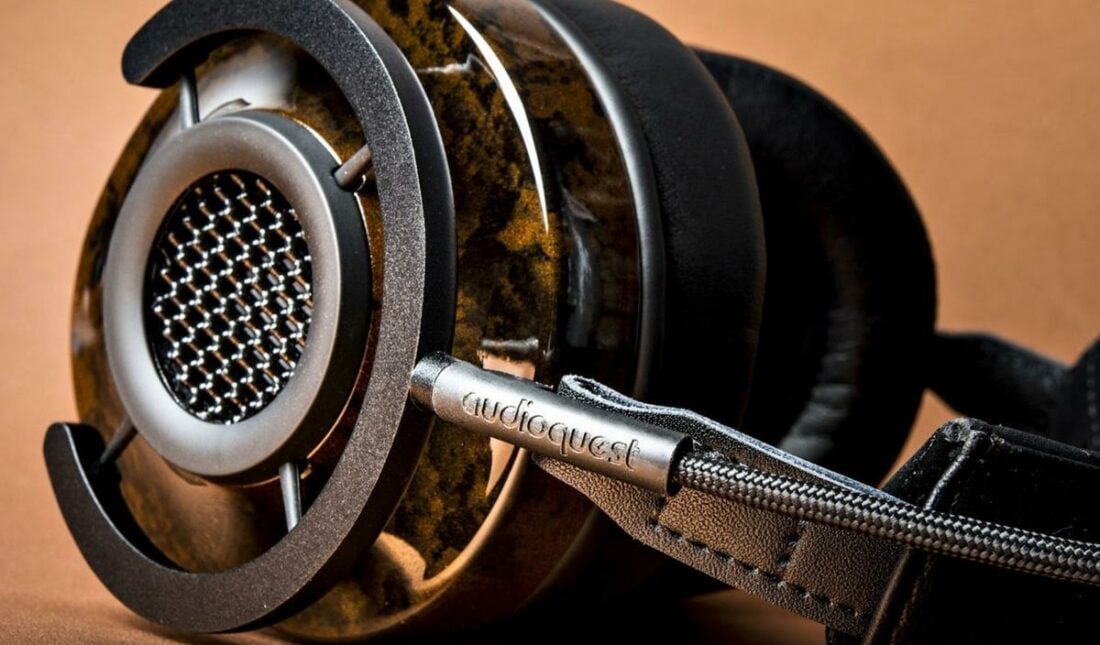
Audioquest was known for their high-priced cables, which some critics claim lack substantiated benefits. So, even before Nighthawk was launched, people already had doubts about whether the company’s first headphones would offer sufficient quality to justify its price.
The Nighthawk featured a unique biocellulose diaphragm driver. This was designed to perform like a traditional loudspeaker with low distortion and precise sound movement.
As a result, these headphones had a very unique sound signature. They had deep bass that tapered in the mid-range and then returned to create a balanced but slightly coarse treble.
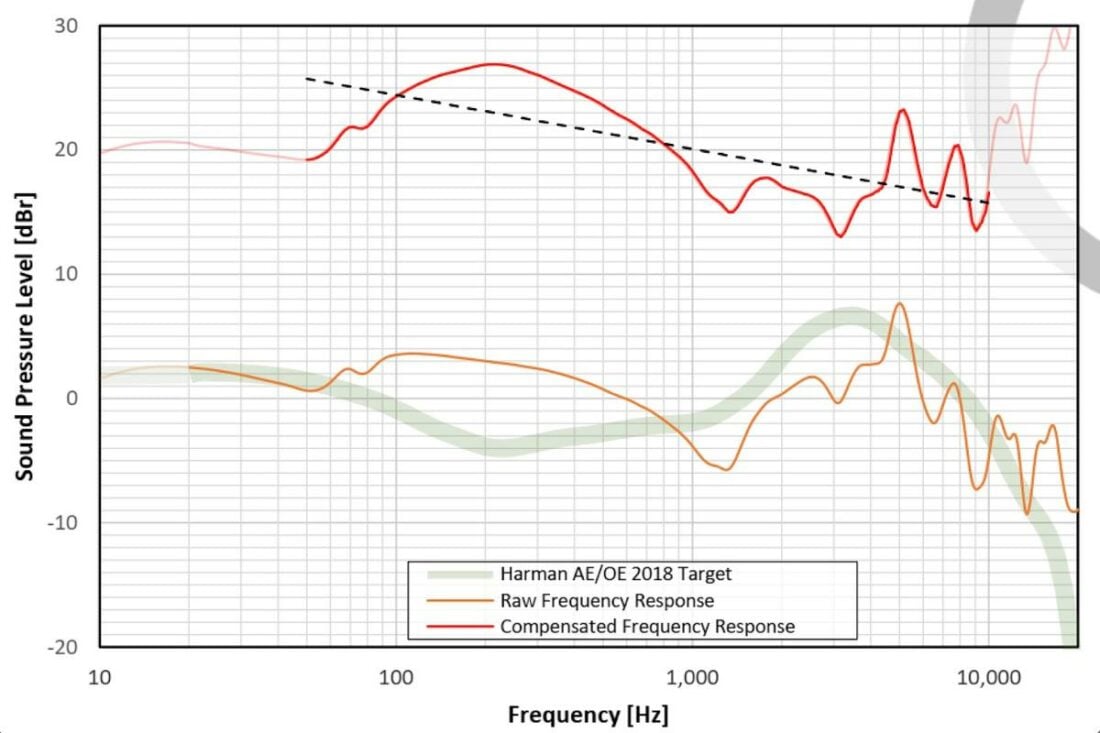
This started debates on whether or not they actually sound good.
Headphone reviews, while varying, usually have some similar insights across different reviewers. But, these headphones had completely polarizing views on their sound quality.
Some listeners found the warm, rich tones to be pleasant and engaging. Others felt that the sound was overly dark, and lacking in detail and clarity.
And as the Nighthawk gained more exposure, questions about the value proposition also began to surface. Given Audioquest’s history with expensive cables, some questioned if the headphones delivered enough quality to justify the cost.
9. Dyson Zone: Trying to Do Too Much
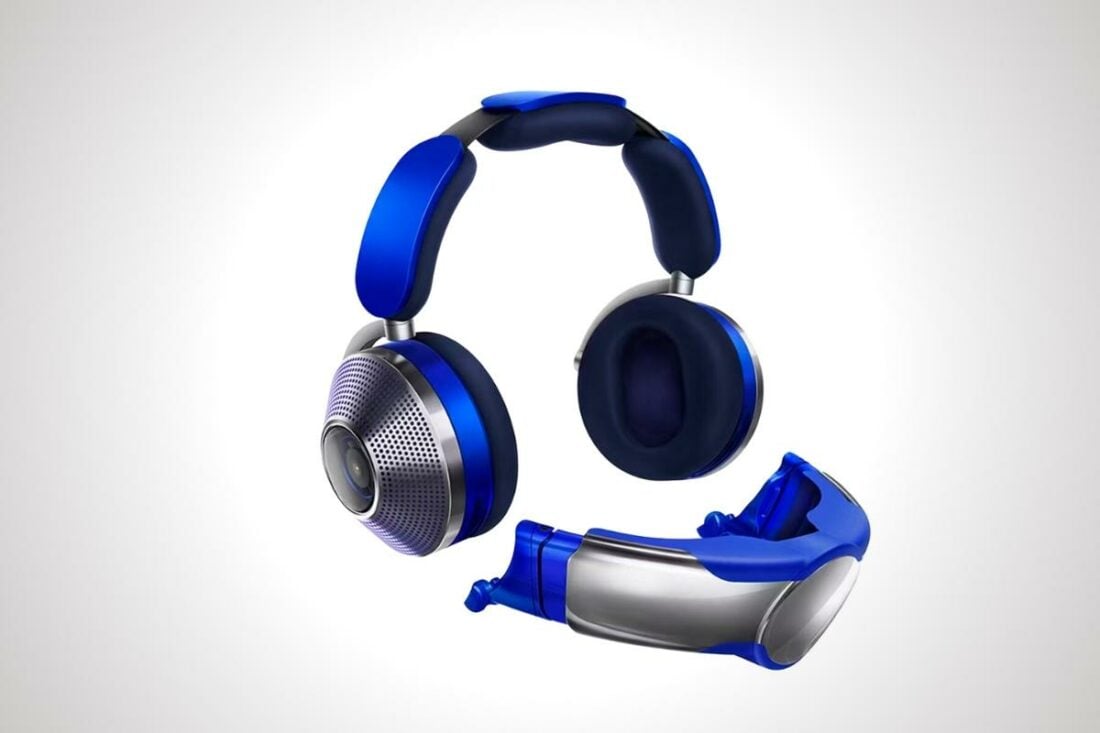
The Dyson Zone headphones ignited controversy due to their unconventional design and functionality and steep initial price of $949.
The Zone model focused on their built-in air purification system, a unique but polarizing choice. They tried to merge personal audio with health tech, aiming to filter dust and allergens for commuters while listening to music.
Critics called the design too complex and impractical, pointing out their bulkiness and the awkwardness of wearing an air purifier on the face. The focus on air purification over audio quality further fueled people’s doubts about the product’s value as a headphone.
Efforts to rebrand the Dyson Zone included slashing the headphones’ price to $549 and shifting towards highlighting their audio and noise cancellation features.
